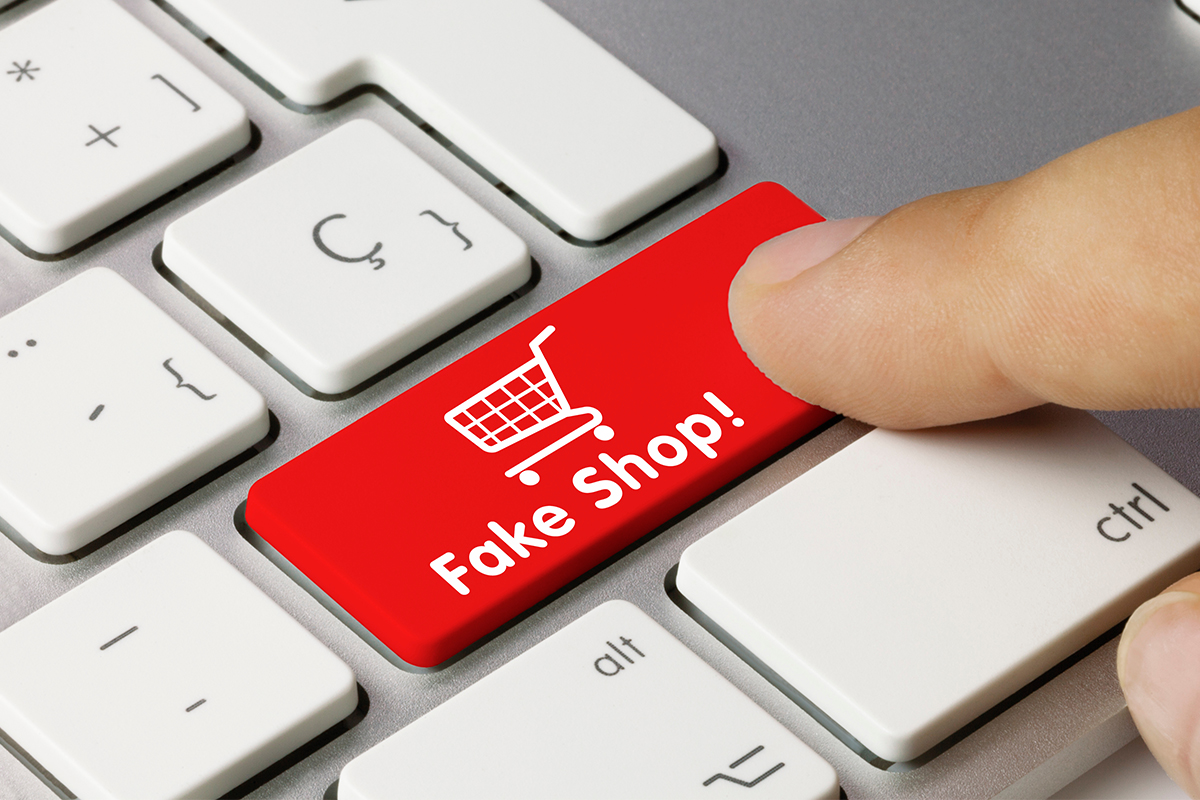E-commerce has transformed how we shop, offering convenience and accessibility like never before. And now, more and more, you see opportunities to shop at online stores just by clicking on social media ads. But how can you make sure you’re shopping at a legitimate store?
Fake stores capitalize on the trust consumers place in popular social media platforms to advertise products that either don’t exist or are of subpar quality. These fraudulent entities lure you with attractive deals, only to disappear once the transaction is made. Here are some common tactics used by these deceptive stores:
· Impersonation of genuine brands. Fake stores often mimic the appearance and branding of well-known companies, making it challenging for consumers to distinguish between the legitimate and the fraudulent.
· Low prices and unrealistic discounts. To attract attention, fake stores offer products at prices that seem too good to be true. Unrealistic discounts are a red flag, as they are often a ploy to entice you to buy something you don’t necessarily need.
· Fake reviews and testimonials. Fraudulent sellers may fabricate positive reviews and testimonials to create a false sense of credibility.
Here are a few examples of fake stores:
1. The Phantom Electronics Store: A social media ad promoting an electronics store with unbelievably low prices on the latest gadgets. You purchase the product but never receive it, and then the store disappears from the social media platform.
2. Designer Fashion Scam: A fake store advertises high-end designer clothing at a fraction of the retail price. Eager to take advantage of the deal, you fall victim to the scam, receiving poorly made knock-offs or nothing at all.
How Can You Protect Yourself from Fake Stores?
It can be difficult to navigate online stores safely, especially when you link to them from social media ads; however, it’s not impossible. Consider following these tips:
· Research the seller. Before purchasing a product or service, look for a physical address, customer reviews on external websites, and a verified social media presence. Legitimate businesses have a transparent online footprint.
· Verify payment methods. Be cautious of sellers who only accept unconventional payment methods or ask for payment outside the platform. And only use secure payment options that offer fraud protection, such as credit cards and your digital wallet.
· Check website security. Look for secure website indicators, such as “https://” in the URL and a padlock icon in the address bar. Legitimate e-commerce sites invest in secure connections to protect customer data.
· Be skeptical of unrealistic deals. If a deal seems too good to be true, it probably is. Avoid heavily discounted products, especially from unknown or unverified sellers.
· Read reviews critically. If reviews seem generic or overly optimistic without constructive feedback, it could be a sign of a fake store. No business or store will only have positive reviews – it’s impossible.
Adopting these tips lets you shop online confidently, knowing you’re taking proactive steps to safeguard your hard-earned money and personal information. Social media platforms rely on user reports to identify and take action against fraudulent ads and accounts. If you encounter a suspicious ad or store, report it to the platform for investigation.


